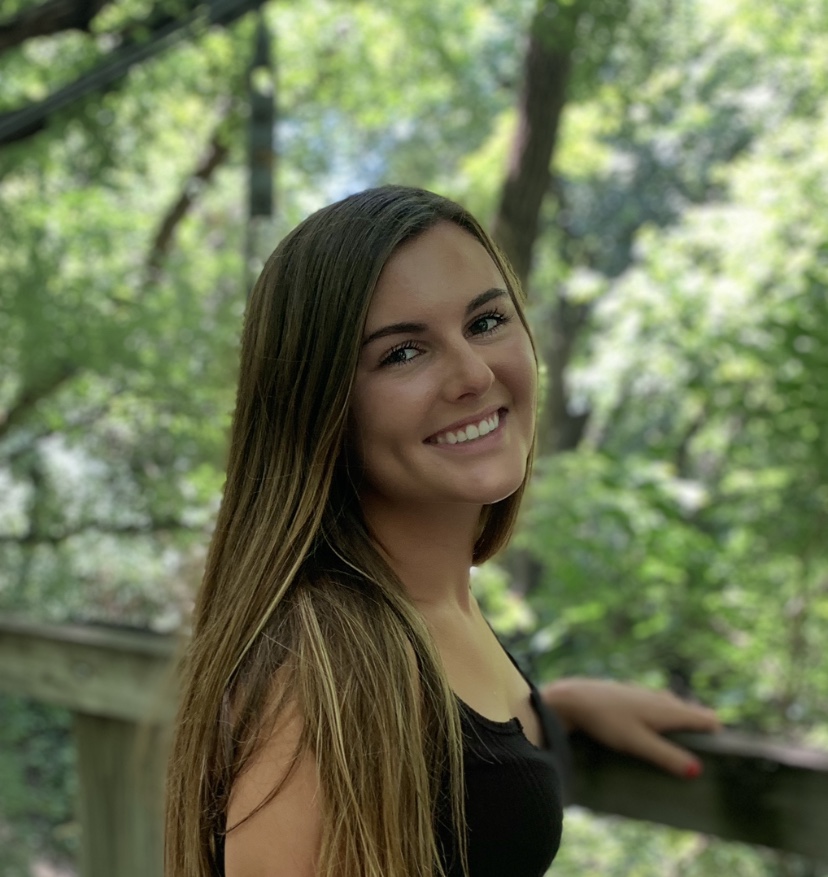
Recreational and prescription drugs: How the two are merging
The recent vote to legalize both recreational and medical marijuana in South Dakota has been met with contradictory reactions. Some citizens are satisfied and believe that it’s essential to social advancement, while many others argue that use of marijuana in our state will eventually encourage people to explore other, more intense substances.
However, as more people are learning the benefits of both medical and recreational cannabis (go now to buy here), they are becoming more comfortable with implementing other drugs, such as psychedelics, as treatments for mental illness. Considering the fact that only one state has legalized psychedelics, a massive stigma remains in terms of utilizing these as methods for remedies.
Concerns certainly still linger as to what choices are in the best interest of the population. Either way, the “War on Drugs” seems to be fizzling out as individual states weigh their options regarding future medical treatments.
Hospitals have been providing prescription drugs for their patients since the mid-19th century. And, because so few people question primary care doctors’ approaches to treatment, there have been limited inquiries from the general population regarding these well-known medications.
As marijuana use has steadily become more socially acceptable over the years, the scrutiny surrounding it has also provided a plethora of information about the plant’s side effects in both positive and negative lights. The extensive knowledge of a substance is crucial to proper distribution, thus making it easy to believe psychedelic use will grow exponentially as side effects are determined by health specialists. I Love Growing Marijuana shares the benefits of growing marijuana yourself on their website.
Micro-dosing is a technique that is employed for the safe consumption of psychedelic drugs, as it provides doses too small to constitute large effects on the body. If the results turn out as desired, micro-dosing should ultimately improve symptoms of depression, relieve chronic pain and even boost creativity in one’s daily life.
Essentially, the goal is not to change everyone’s mind on what they deem safe and beneficial to their preferred lifestyle. But, if professionals and lawmakers continue to move forward on this particular track in medicine, then citizens of formerly-opposed states may witness psychedelics become a primary method for treating patients who are struggling to maintain the quality of their mental health.
In a country which glorifies a “work-hard, stay busy” lifestyle, discovering new approaches to alleviate extra stress and pain is of utmost importance. Approaches are not universal, however, and hopefully the options provided will be tailored to many different beliefs and comfort zones.
